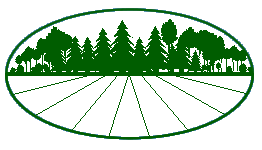Woodlot Association of Alberta
c/o Olson Office Management
P.O. Box 303
Beaverlodge, AB
T0H 0C0

Woodlot Association of Alberta
c/o Olson Office Management
P.O. Box 303
Beaverlodge, AB
T0H 0C0
The practice of silviculture, by which stands of trees are tended, harvested and replaced, can improve growth rates, quality, strength and other properties as well as help maintain a healthy, productive and sustainable forest.
Key to the practice of good forest management is knowledge of:
Silviculture practices include:
Professional advice and expertise regarding silviculture practices is available from forestry consultants, contractors, woodland owner organizations and industry located throughout the province.
Resources